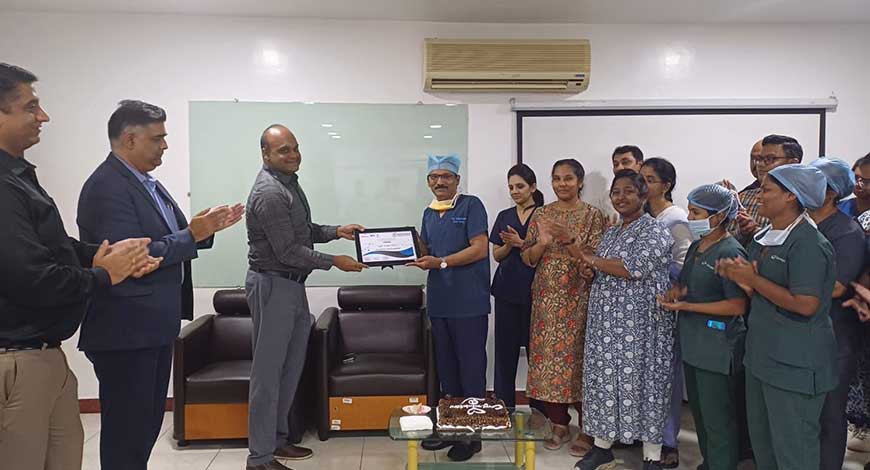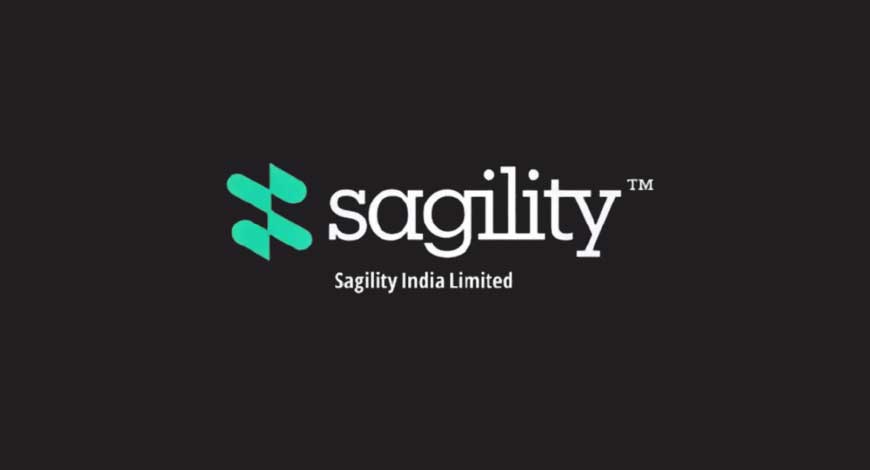The global healthcare data monetization solutions market size was calculated at USD 921.04 million in 2024 and is predicted to reach around USD 4,077.14 million by 2034, expanding at a CAGR of 16.04% from 2025 to 2034. The growing need to leverage patient information, medical records, and clinical insights, which help generate revenue or value for healthcare organizations, is increasing the demand for the healthcare data monetization solutions market.
How is Artificial Intelligence (AI) changing the healthcare data monetization solutions market?
Integration of artificial intelligence in the healthcare data monetization solutions market has the potential to bring advanced technology. Along with that, healthcare is becoming a data-driven industry. AI is anticipated to play a crucial role in data monetization by providing personalized medicine, improving operational efficiency, bring preventative care programs and collaborative partnerships. These advancements are expected to leverage healthcare data by improving patient care and bringing innovations. Additionally, AI can also used to support digital communication, offer schedule reminders, design help tips, and suggest next steps to patients. These characteristics of AI will help with better diagnosis and improve the speed and accuracy of patient visits, resulting in faster and more personalized care.
US healthcare data monetization solutions market size and growth 2025 to 2034
The US healthcare data monetization solutions market size was exhibited at USD 309.47 million in 2024 and is projected to be worth around USD 1,394.89 million by 2034, growing at a CAGR of 16.25% from 2025 to 2034.
North America dominated the global healthcare data monetization solutions market in 2024S, owing to the advanced healthcare infrastructure and investment in technology. The American Hospital Association reports 1887 hospital mergers in the past decade, contributing to reshaping the U.S. healthcare industry. The Centers for Medicare and Medicaid Services (CMS) provide data as a means to enable researchers and policymakers to gain deeper insights into how mergers, acquisitions, consolidation, and changes of ownership affect access to care, cost, and quality. The main healthcare system notices in the U.S. and Western society include the Beveridge model, the Bismarck model, the national health insurance model, and the out-of-pocket model.
Europe is anticipated to grow at the fastest CAGR in the healthcare data monetization solutions market during the projected period due to supportive government policies and increasing awareness regarding the growing opportunities of data monetization. With digital adoption, the region’s government has implemented a regulatory system. The region has benefited from data generation in formulating various acts and policies throughout the states, incorporating data protection, data security, data privacy, and data sharing to reduce the risk of cyber threats and other branches. The government establishes various processes to enhance collaboration and flow data to improve the industry ecosystem.
Market dynamics
Driver
Real-world evidence
Rising demand for real-world evidence in the healthcare industry is proliferating the growth of the healthcare data monetization solutions market. Real-world data is a set of information on a patient’s health status and the delivery of a healthcare routine, which is collected from a variety of sources. Real-world data (RWE) includes data collected from electronic health records, medical claims data, data from product or disease registries, and many more. This is proven evidence about the usage and potential benefits or risks of a medical product derived from a studied RWE, understanding drugs, and routine clinical practice. RWE helps to provide a deeper understanding of how interventions perform on diverse patient populations, assess the cost and effectiveness of treatment, monitor for side effects, and provide data on rare diseases. Moreover, this revolutionized help in the healthcare industry in drug development.
Restraint
Risks associated with healthcare data
As healthcare data is extremely sensitive, a breach in the data can lead to loss of reputation, cost lawsuits, and patient privacy will be exposed. The healthcare data monetization solutions market holds the sole responsibility to protect the collected data, aggregates, and potentially shares. This data represents a significant accountability for both security and legal terms. Therefore, direct monetization requires careful analysis of the risks, benefits, and actions of monetizing special medical data.
Opportunity
Personalized medicine and genomics
The future of the healthcare data monetization solutions market is anticipated to bring immense promise for transforming the deliverance and experience of healthcare. Personalized medicine is constantly evolving in the healthcare industry, and it uses patients’ genetic profiles to make medical decisions. Genomics is a main component of personalized medicine. The application of these technologies in data monetization is expected to enhance the understanding of disease and its molecular mechanisms, resulting in enhancing the capacity of personalized interventions. Personalized genomic medicines have the potential to classify complex diseases and discover more specific treatments based on genomics.
Type insights
The indirect data monetization segment contributed the highest share of the healthcare data monetization solutions market in 2024. The dominance of this segment is observed as the data does not leave the organization. It is used to build better-personalized healthcare plans for patients and digitally empower the patient to take an active part in their health and wellbeing. The indirect data monetization approach in the healthcare industry uses analytics to get valuable insights to enhance internal processing, products, and services.
The direct data monetization segment is anticipated to grow at the fastest CAGR from 2025 to 2034. The growth of this segment is experienced as this helps in building revenue streams by selling data to third parties, setting up data-as-a-service, or creating personalized products and services for key demographics with partners. Several pharmaceutical companies are launching schemes to share research data which will be helpful in transforming diagnosis and development of customized medicines.
Facility size insights
The large facilities segment captured the biggest share of the healthcare data monetization solutions market in 2024. This segment deals with the key leaders in the healthcare industry, such as academic medical centers and major hospitals. These facilities offer resources to invest in advanced data monetization solutions, which help with obtaining knowledge that is used in complex analytics, artificial intelligence, and data processing tools. In addition, it helps support research and collaboration with other stakeholders in the healthcare landscape.
On the other hand, the small and medium facilities segment is anticipated to grow at a significant CAGR during the forecast period. The increasing adoption of healthcare data monetization in small & medium facilities is observed as it improves operation efficacy using real-time data, generates revenue streams by selling data as a service, collaborates with larger entities, adopts new technologies, and meets customer needs.
End-use insights
The healthcare payers segment captured the biggest share of the healthcare data monetization solutions market in 2024. The dominance of this segment is noticed as healthcare payer such as health insurers are driving forces in the healthcare ecosystem and adapting to data monetization to improve the value of healthcare and accessibility for their member. Healthcare payers use patient records for research, personalized medicine, and improving patient outcomes. It has also contributed to population health management by identifying at-risk patients and developing target interventions to improve their health results.
The life science companies segment is expected to grow rapidly during the forecast period. The growth of this segment is observed as life science companies play a vital role in the healthcare industry through research and development and manufacturing of products and technologies that help to improve health outcomes. Life science companies include biotechnology experts, medical device developers, and pharmaceutical manufacturers. The key role in the healthcare industry is to provide a possible treatment, cure the patient, and provide health-related benefits such as death claims and life insurance policies. Precedence Research









